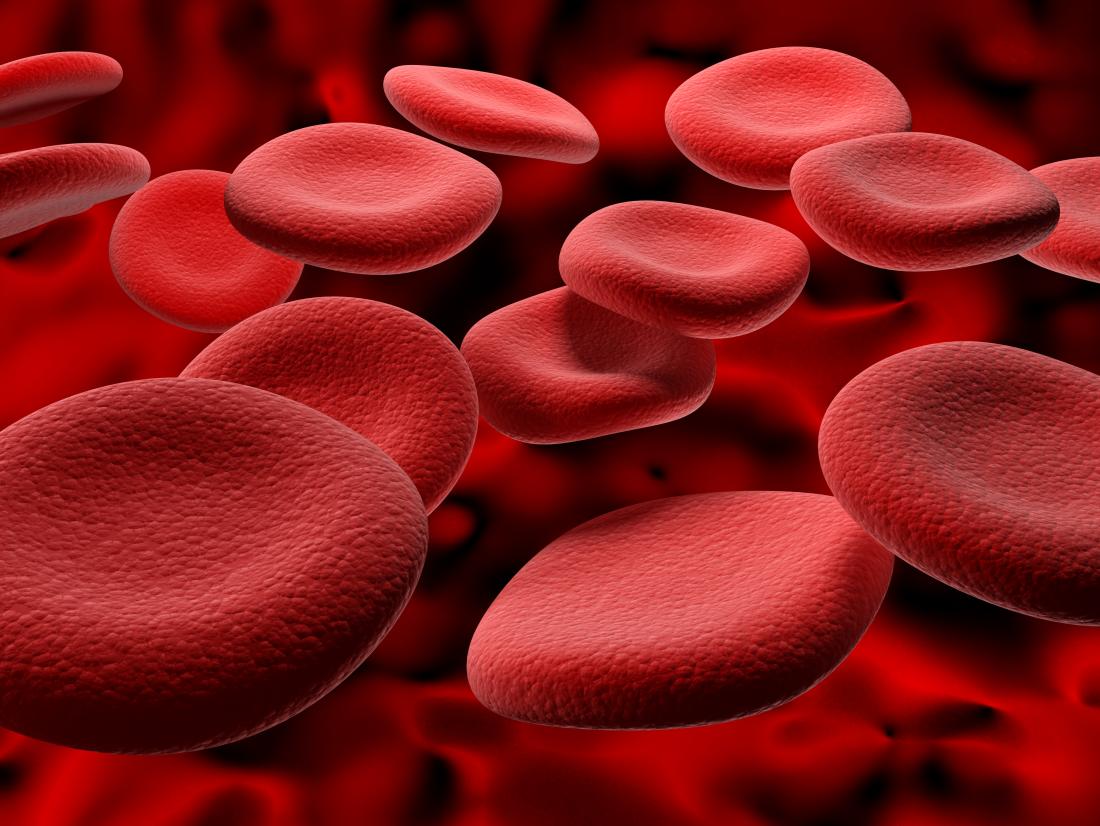– Department of Pediatric Oncology and Hematology, BirthRight By Rainbow
Madhukar Rainbow Children Hospital
Thalassemia is a blood disorder that is passed through genes. This inherited condition is caused when the body is unable to make enough hemoglobin, protein present in the red blood cells. Having an insufficient amount of hemoglobin prevents the red blood cells from functioning properly and makes them last for shorter time periods. This ultimately leads to fewer healthy RBCs in the bloodstream.
Thalassemia is a genetic disorder that can cause mild or severe cases of anemia. There are three types of thalassemia, each varying in terms of severity and symptoms.
The red blood cells are responsible for carrying oxygen to other cells of the body. Your body cells need oxygen to function and if there aren’t enough red blood cells, then the cells won’t get enough oxygen making you feel weak, tired, and short of breath. This condition is called anemia and people with thalassemia might have a mild or severe case of anemia. There are three types of thalassemia, all of which vary in severity and symptoms:
- Alpha thalassemia (includes the hydrops fetalis and hemoglobin H)
- Beta thalassemia (includes the subtypes intermedia and major)
- Thalassemia minor
If you have a moderate to severe form of thalassemia, you will be able to find it in childhood as the symptoms of severe anemia are visible early in life. However, if you have a less severe form of thalassemia, you will only find out about it during a routine blood test. Since this condition is inherited, the condition might run in the family. So, if you have a relative with this condition, you might find out thalassemia early on
Early Identification and Management of Thalassemia Major in Infancy
Thalassemia major or Coole’s Anemia is a severe form of this disease. It is a serious condition that requires extensive medical care and regular blood transfusion. People with this condition start showing symptoms within the first two years of their life. They become listless, pale, and have poor appetites.
Also, they develop jaundice frequently and grow slowly. Without proper treatment, their heart, liver, and spleen will soon get enlarged and their bones will become brittle and thin. The leading cause of death among people with untreated Coole’s Anemia or Thalassemia major is heart infection and failure.
Risks
Having family members from specific parts of the world puts you at a higher risk of developing this condition. Traits for thalassemia are common among people from Mediterranean countries such as Turkey, Greece, and people from the Middle East, Asia, and Africa. If you have a family member from one of these areas and are currently suffering from anemia, your doctor might order a blood test to diagnose thalassemia. Pediatric Oncologists at Rainbow Children’s Hospital will help you know if your child is at a risk just in case any of your family members are already suffering from it.
It is important to note that since thalassemia is an inherited condition that passes from parents to children, preventing it is very difficult. However, if you or your spouse has a family member with the condition or if both of you have family members from countries where thalassemia is common, it is best that you consult a genetic counselor and determine if there is a risk of you passing thalassemia to your kids.
Diagnosis
Through family genetics studies and blood tests, you can find out if you have thalassemia or if you are a carrier. If you and your spouse are carriers, then it is crucial to talk with a genetic counselor to determine whether or not you should conceive and whether or not you should have your baby tested for thalassemia.
If you are pregnant, you can get prenatal testing done in the 11th week of pregnancy through chorionic villi sampling (CVS). In this procedure, a small piece of the placenta is removed and sent to the lab for analysis.
Another test that can be performed for diagnosing thalassemia is to get the fetus tested with amniocentesis in the 16th week of pregnancy. During this procedure, a sample of the fluid that surrounds the baby is taken through a needle and sent for testing.
If you are a carrier and don’t want to risk passing thalassemia to your child, you have the option to try assisted reproductive therapy. By combining pre-implantation genetic diagnosis (PGD) along with in-vitro fertilization, you will be able to give birth to a healthy baby. In in-vitro fertilization, the embryos are tested for the thalassemia gene before getting implanted into the womb. This way, only healthy embryos are selected.
Treatment
The treatment for thalassemia will depend on the type of disease and its severity. According to this, your doctor will provide a treatment course that works best for your case. Here are a few treatment options available:
- Bone marrow transplant
- Blood transfusions
- Supplements and medications
- Possible surgery for removing gallbladder or spleen
If you are taking any iron supplements or vitamins, you will have to stop until the treatment is completed, especially if you are having blood transfusions. As a receiver, you might get extra iron accumulated that the body can’t get rid of easily. This extra iron built up in the tissues can be fatal to you. If you are getting a blood transfusion, you might also need chelation therapy that involves getting injected by a chemical that binds heavy metals like iron. This helps in removing extra iron from the body.
Managing Thalassemia Major with Antibiotics, Blood Transfusions, and Iron Chelators
The use of antibiotics and blood transfusions has certainly improved the life of someone with thalassemia major. Thanks to the frequent transfusions, they are able to keep their hemoglobin levels normal and prevent several complications associated with the condition. However, multiple blood transfusions can lead to iron buildup in the body known as iron overload. This can be damaging to the liver, heart, and other organs. Iron chelators are drugs that you can take for helping your body get rid of excess iron and delaying or preventing issues caused by iron overload.
Importance of Regular Monitoring and Management in Thalassemia
Another popular treatment for curing thalassemia is a bone marrow transplant. But, this treatment can be performed only on a small number of patients who are able to find a suitable bone marrow donor. Moreover, the procedure is risky and can even result in death.
Thankfully, scientists are currently working on developing a gene therapy that might offer a cure for this blood disorder. In this treatment, a normal beta-globin gene (the abnormal gene in this condition) will be inserted into the stem cells and immature bone marrow cells of the patient.
Another gene therapy is in development that involves using drugs for reactivating the genes that produce fetal hemoglobin (a type of hemoglobin found in newborns and fetuses). The production of fetal hemoglobin might be able to compensate for the deficiency of adult hemoglobin in the patient.
If your kid has been diagnosed with this blood disorder, it is important to note that they still have a full life expectancy. With proper treatments and regular-follow ups, they can have a normal life.











